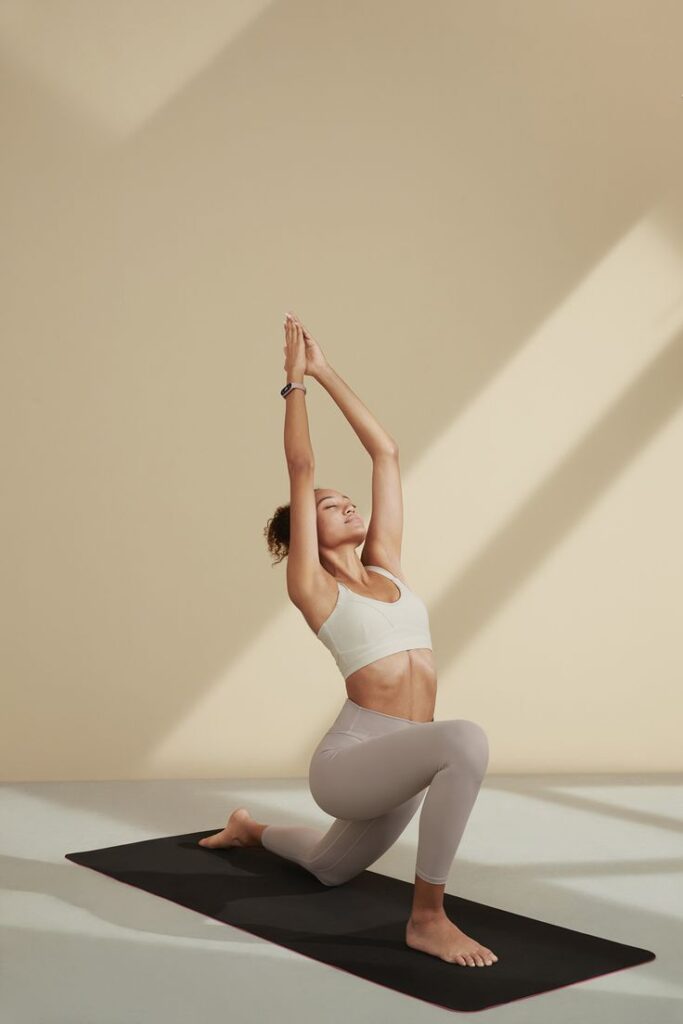Good posture is more than just standing up straight. It’s the foundation for a healthy body, allowing your muscles and joints to function optimally. It can also boost your confidence and make you feel more energized. However, maintaining good posture throughout the day can be challenging, especially with our increasingly sedentary lifestyles.
This article explores the importance of good posture and offers five practical steps you can incorporate into your daily routine to achieve a taller, healthier you.
The Importance of Good Posture
Good posture goes beyond aesthetics. It plays a crucial role in supporting your body’s musculoskeletal system. When your posture is aligned, your muscles don’t have to work as hard to hold you upright. This can help reduce muscle strain, fatigue, and even pain in the back, neck, and shoulders.
Here are some of the key benefits of good posture:
Reduces back pain: Poor posture can strain the muscles and ligaments in your back, leading to pain and discomfort. Good posture helps distribute your weight evenly, reducing strain on these structures.

Improves breathing: When your shoulders are hunched forward, it can restrict your lungs’ ability to expand fully. Good posture allows for deeper breaths, which can improve oxygen intake and circulation.

Boosts confidence: Good posture can make you appear taller and more confident. It can also project a sense of poise and assertiveness.

Enhances energy levels: Slouching can restrict blood flow and make you feel tired. Good posture allows for better circulation, which can improve energy levels.

5 Steps to Better Posture
Improving your posture takes time and consistent effort. Here are five steps you can take to get started:
Increase Body Awareness: The first step to improving your posture is to become more aware of your body position throughout the day. Pay attention to how you stand, sit, and walk. Are you slouching?

Are your shoulders rounded? Once you’re aware of your postural habits, you can begin to make corrections.
Practice Standing Tall: Stand with your feet shoulder-width apart, knees slightly bent. Imagine a line running from the top of your head down through your spine. Engage your core muscles and gently lengthen your spine. Avoid arching your back or locking your knees.

Ergonomics at Work: If you sit for extended periods at work, ensure proper ergonomics to maintain good posture. Adjust your chair height so your knees are bent at a 90-degree angle and your feet flat on the floor. Your monitor should be at eye level, and your arms should be supported by your chair’s armrests.

Stretch and Strengthen: Regularly stretching and strengthening exercises can improve your flexibility and core strength, both of which are essential for maintaining good posture. Include exercises that target your chest, shoulders, back, and core muscles in your workout routine.

Mind-Body Techniques: Techniques like yoga and Pilates can enhance your body awareness and improve your posture. These practices focus on strengthening core muscles and promoting flexibility, both of which contribute to better posture.

Remember: Good posture is not about rigidity. It’s about finding a position of balance and alignment that allows your body to function at its best. By incorporating these steps into your daily routine, you can gradually improve your posture and reap the numerous health benefits that come with it.


